
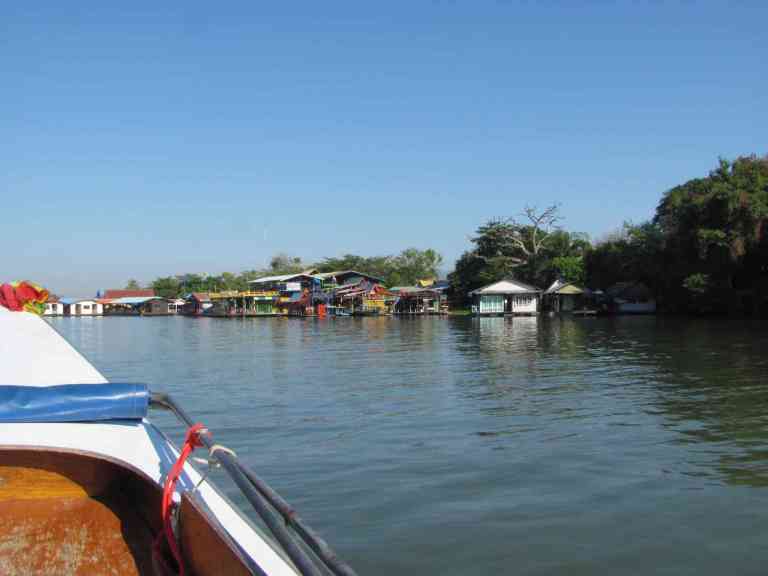
I had the opportunity to experience the Death Bridge over the River Kwai from a couple of different conveyances: first by long-tail boat and later by train. The boat ride was pretty short: from the JEATH War Museum around the bend in the river to the bridge.




The JEATH War Museum is named for the acronym Thais assigned to the various soldiers fighting in their country during World War II: Japanese, English, Australian, American, Thai and Holland. The museum does not allow any pictures inside. The subject matter is obviously quite grim, and the displays do not shy away from this. The museum is organized as a series of photos and paintings from the war and railway construction in roughly chronological order. The display is set up in a reproduction of the huts the POWs lived in during the construction. Seeing the images of the mistreatment was hard to take in. The museum was founded by a Thai Buddhist monk, and the nearby temple maintains it.



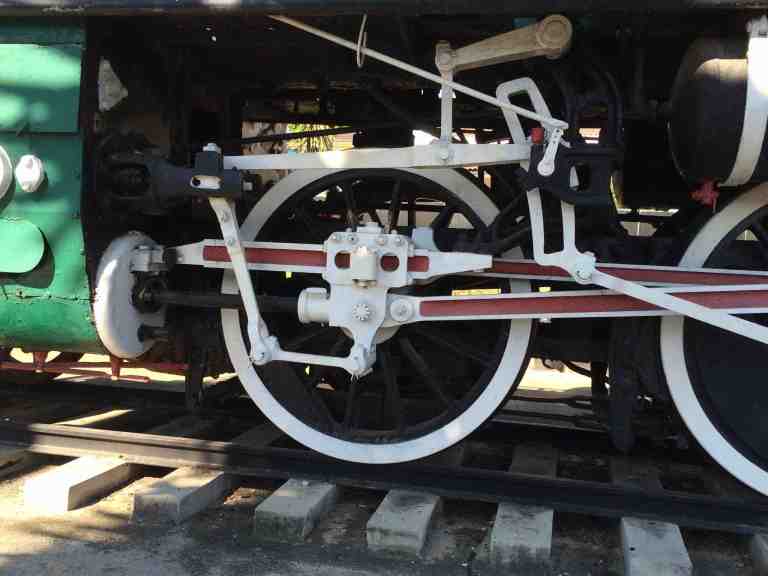
Outside the museum stands a statue to one of the Japanese soldiers who returned to Thailand to atone for his involvement during the war. He evidently made it his life goal to do what he could to make sure people knew what had happened there.
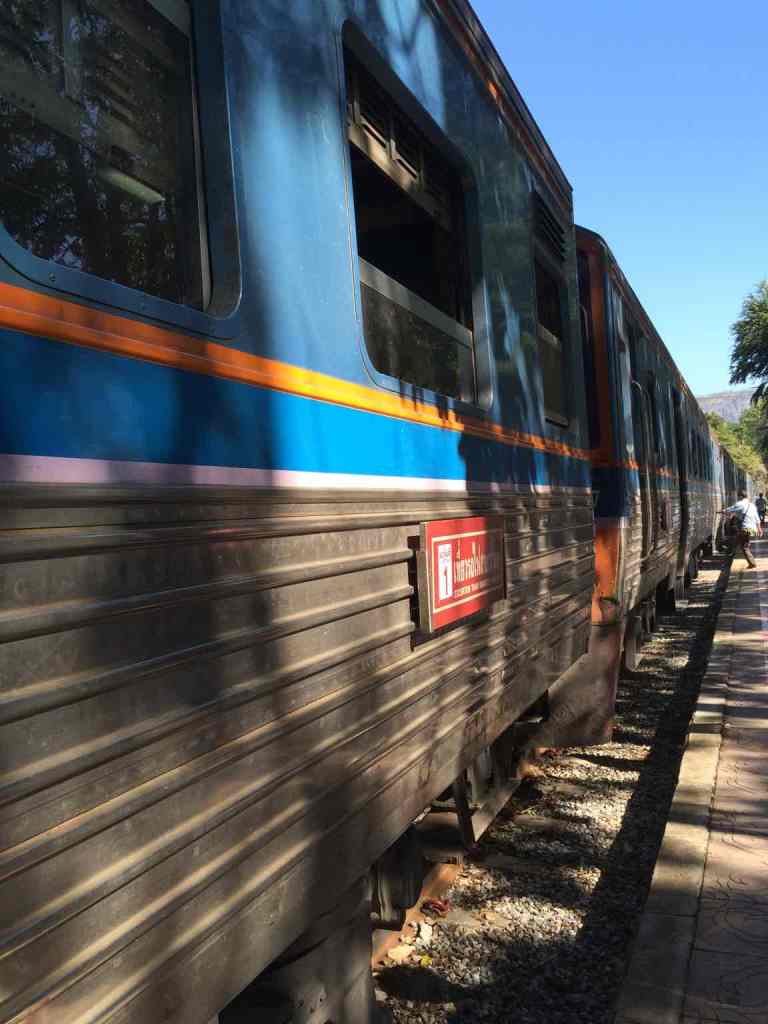


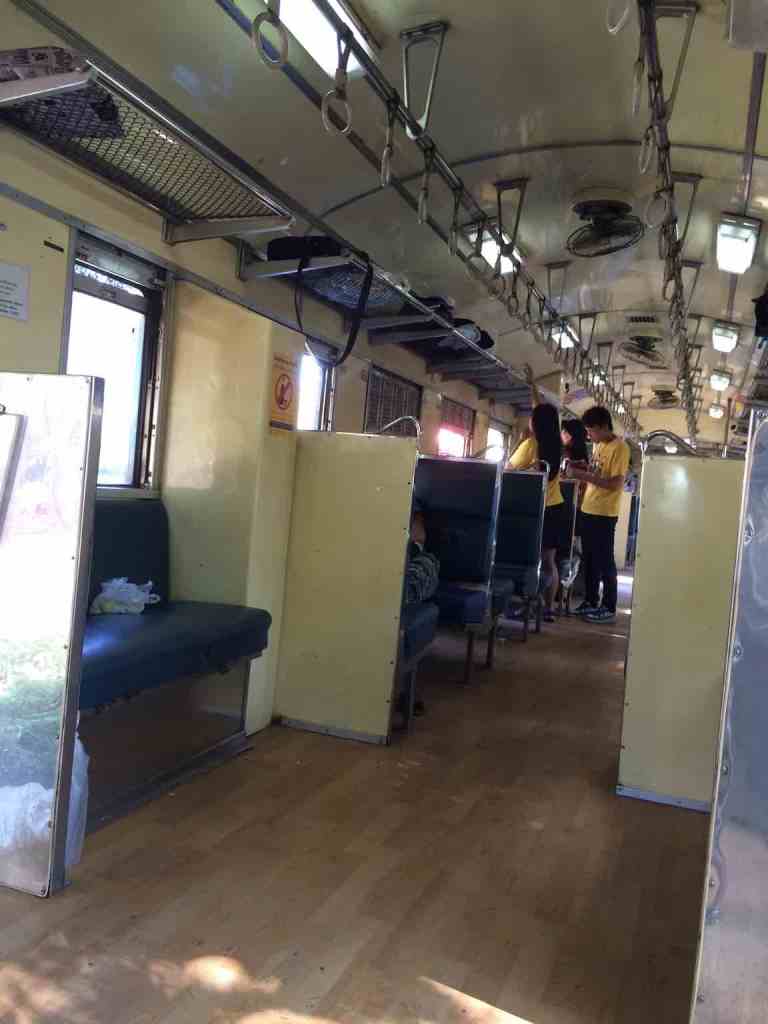
As I mentioned, from the war museum, I rode a long-tail boat around to the bridge and disembarked there. I had a few minutes to explore the bridge and take some photos before it was time to board the train. This train runs from Bangkok to XXX along the railway that was built by the slave labor and POWs during the war. It’s a much newer train than the ones used during the war, but you can see some of the originals near the train station at Kanchanaburi.


The train ride was bizarrely relaxing. The fields, hills and rivers slide by the train window in their vibrant array of greens, browns and blues. I saw villages and skinny cows and all sorts of everyday life going on about its business. If you didn’t know the history of the railway, there would be no trace today.

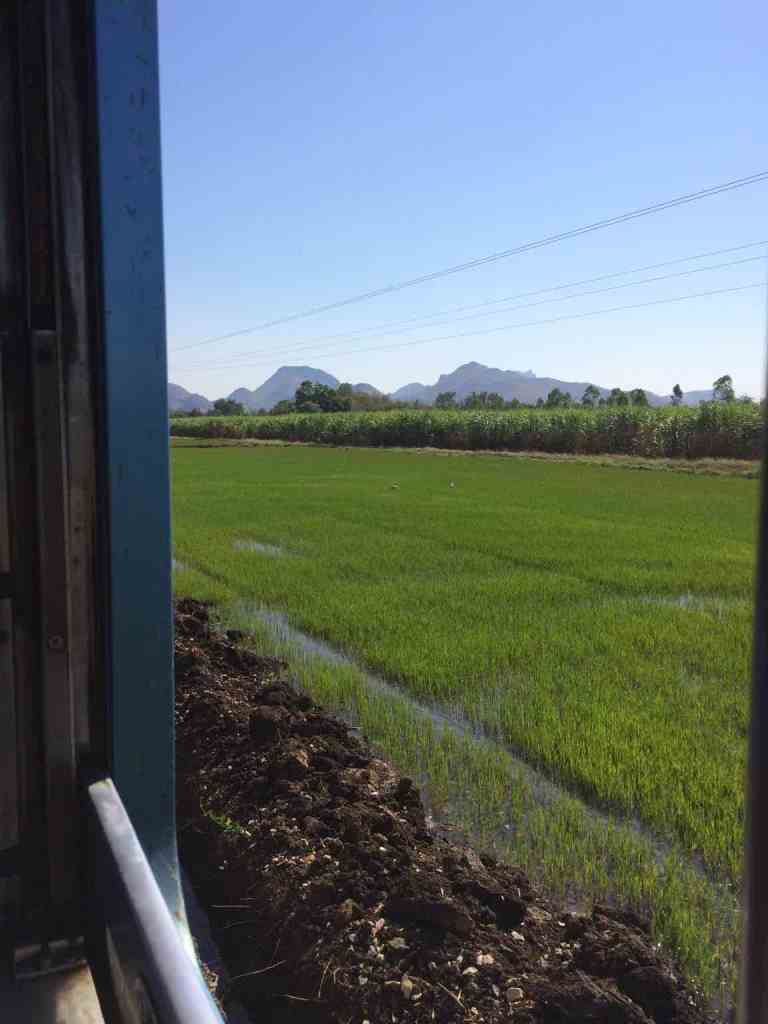


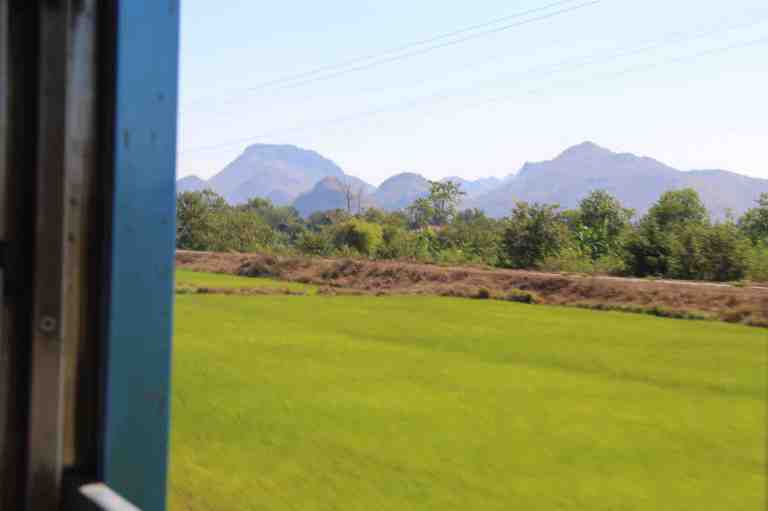

The couple who sat across from me on the train were kind of fascinating. Both in their 60s, she’s Belgian, and he’s Japanese. They had an ongoing argument almost the entire trip in the way people who have been together for decades argue without even realizing they’re arguing. It was equal parts cute and annoying. But then a Japanese tourist had gotten himself detached from his tour group, so the train conductor enlisted the Japanese half of the couple to translate. This interrupted the flow of their non-argument enough that they did not resume it for the duration of the trip upon his return.



I got off the train with my guide one stop before the end of the line. She had arranged a lunch at a nearby restaurant in this little hamlet, and it was wonderful. The proprietress was helped by her two teenage daughters, who spoke no English and were clearly pleased to find a blonde American in their restaurant. They brought me dish after dish of authentic and tasty Thai food. I worried I would offend them if I did not finish everything, so I did my very best. My guide had arranged for the driver to meet us at the restaurant, so we headed straight back to Bangkok from there, without having to take the train back to Kanchanaburi first.
Title quote: Sir Harold Atcherley, Prisoner of Japan: A Personal War Diary
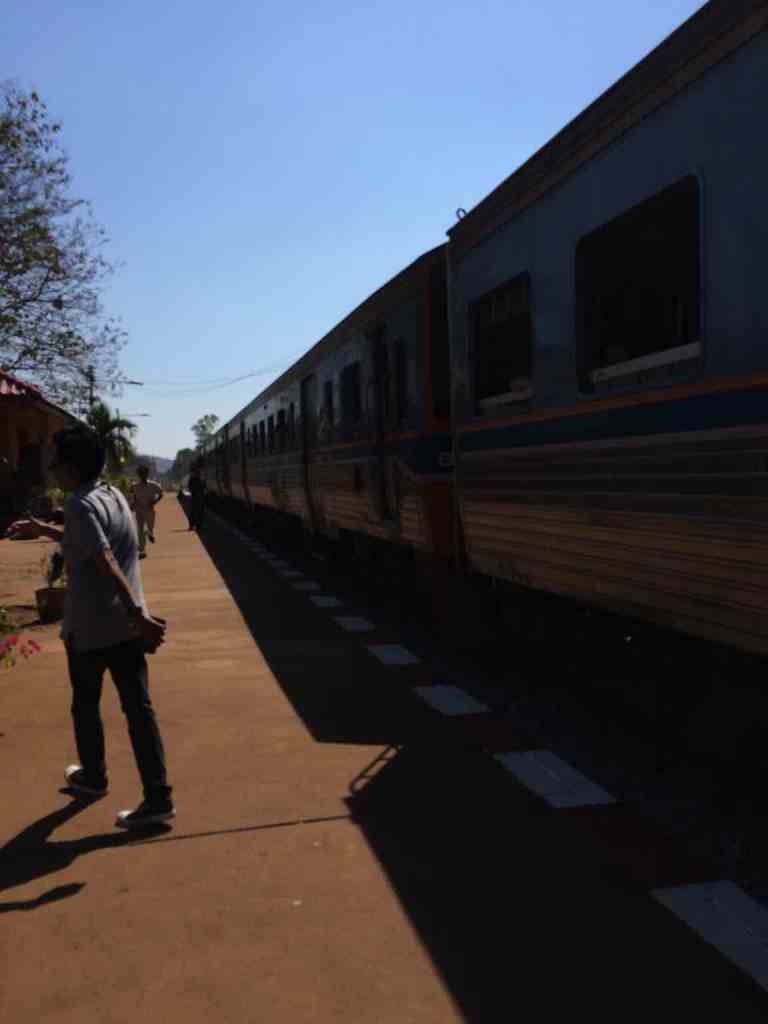

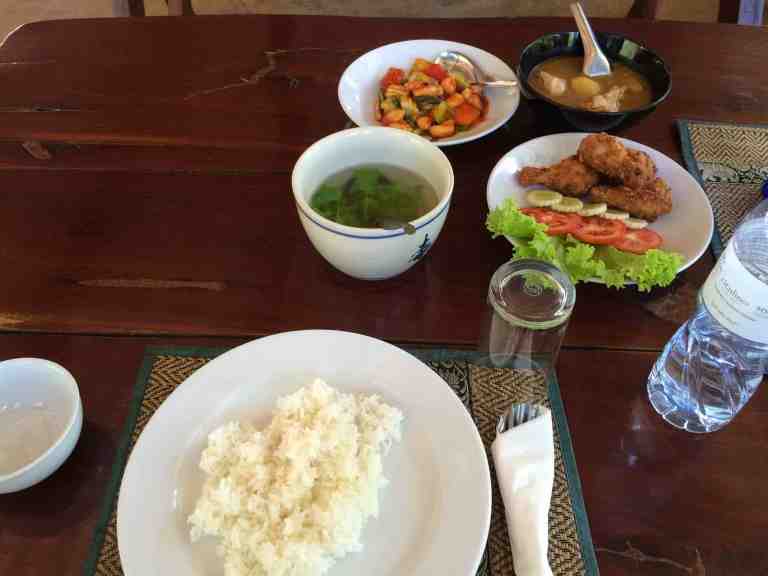

Always the food at the end!
Also, your comment about the couple left me wondering if this is something Jill and, per your observation, don’t realize it. Hopefully, we don’t semi-annoy fellow travelers too often.
LikeLike
Well, with the serious subject matter, I didn’t feel right leading with the food info. And you and Jill could not possibly annoy fellow travelers. You’re too delightful for that.
LikeLike